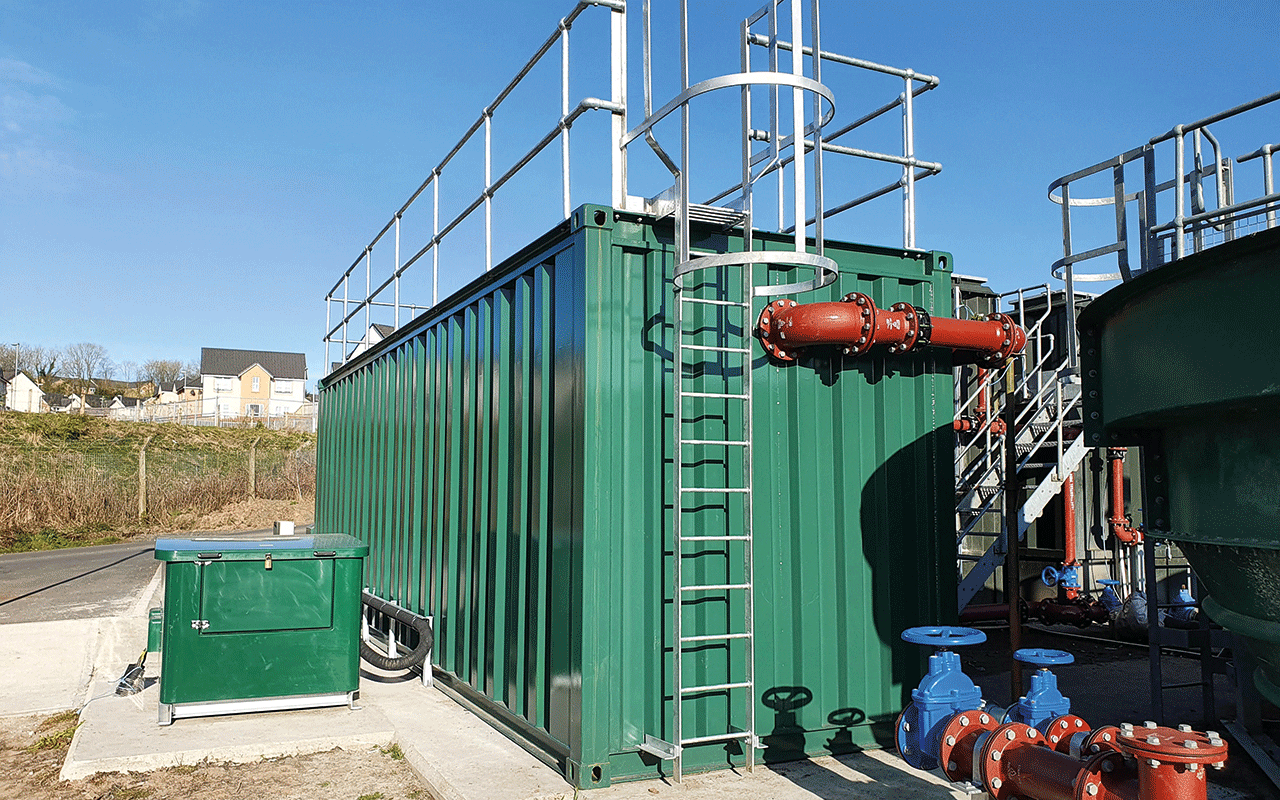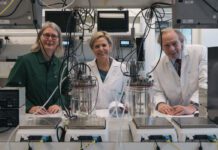Technology from wastewater treatment specialist WPL has been selected by Scottish Water to deliver enhanced ammonia removal at a village treatment works.
Tightening environmental consents and an increasing population has led the public utility to upgrade Ferniegair wastewater treatment works in South Lanarkshire.
The site has a tight footprint and is in close proximity to residential housing, both important factors considered early in the project design phase, which was carried out by WGM Engineering. The site serves a population equivalent (PE) of 2,000, including new housing.
WPL will provide one Hybrid-SAF™ (submerged aerated filter) treatment unit, housed in a steel above-ground container to deliver additional ammonia removal at the plant. To enable the WPL Hybrid-SAF to be gravity-fed, avoiding the need for costly and energy-intensive pumping, the unit will be positioned downstream of existing SAF units and upstream of the site’s final settlement tanks.
As WPL’s literature describes it, the patented WPL Hybrid SAF treatment process creates a unique recirculating flow pattern as wastewater passes through the submerged moving media bed. The high media fill rate of 90-95% means a more open-structured, neutrally buoyant media can be used, which reduces both the risk of the media fouling and the energy required to maintain a constant scour. says WPL.
The modular nature of WPL Hybrid-SAF units also supports ease of installation where access and site footprint is constrained. This site had limited space for new equipment even with relocation of existing blowers factored in by project designers. Built off-site and with enclosed blowers, the technology is also said to be low on noise and odour, which is essential in residential areas to reduce any risk of customer complaints.
The Ferniegair unit will be able to treat 6.4l/s flow and provide approximately 1,000 PE of additional ammonia removal capacity. This will ensure the site stays within SEPA’s ammonia effluent requirement of 20mg/l. The agency’s regulations state the site must meet these standards at least 95% of the time.







